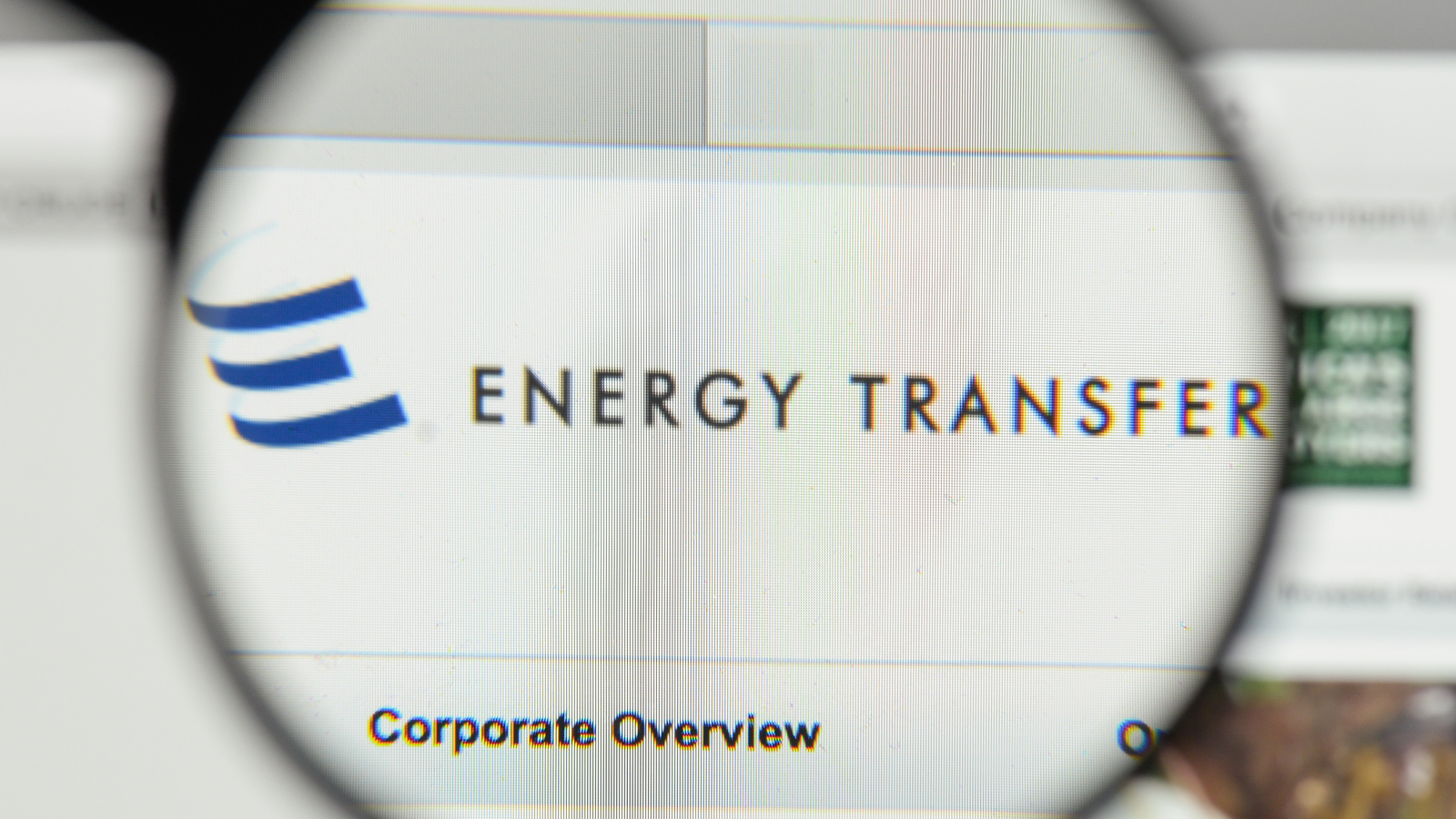Energy Transfer LP (NYSE:ET) used to have an outsized yield. It had been paying a 30.5 cents quarterly dividend ever since the first quarter of 2018, giving Energy Transfer stock a whopping 19.7% dividend yield. But on Oct. 27 management announced a 50% cut in the quarterly dividend to 15.25 cents.

However, Energy Transfer stock is still falling and this probably signifies that its present 11.33% yield is not sustainable.
Keep in mind that, as the Motley Fool just pointed out, management consistently told investors that they could afford the high dividend amount.
This made me think of a famous quote from Warren Buffett’s 1988 shareholder letter (page 98): “He lied like a finance minister on the eve of devaluation.”
However, going forward the ability of the partnership to keep up this yield is highly dependent on getting full approval to continue to use the Dakota Access Pipeline (DAP). Recently news came out that makes it clear that the pipeline will be able to stay open at least through the end of the year.
Cashflow, Dividend and Energy Transfer Stock
However, after that, it will depend on how the courts rule. The pipeline may have to shut down while the Army Corps of Engineers conduct a lengthy Environment Impact Statement (EIS) review. The best review I have seen on this is a Seeking Alpha article by Bill Zettler: “Energy Transfer: What’s The Worst That Can Happen?”
He does an excellent job of reviewing all the legal hoops that the company and the Army Corp of Engineers have gone through. He argues that ultimately the EIS is unlikely to find any major environmental concerns.
Reading through several analyses on Energy Transfer stock it is clear that the company seems worried about its risks. They provided no commentary on the distribution cut. Some believe that is because they do not want to tip their concerns both about debt and potential lawsuits.
The best analysis so far on this cut is from a Seeking Alpha Marketplace service called Oil and Gas Value Research. The author points out that the company is facing reality for a probable “beginning of a period of bad news.” He details the company’s numerous risks, including a potential shutdown of the Dakota Access Pipeline from native American plaintiffs, an atrocious operating record in Pennsylvania, and over $51 billion in debt.
As of June 30, the company had $51.25 billion in long-term debt, but just $151 in cash. In addition, it had another $903 million in capital leases. This debt costs $582 million in net interest expense in Q2, even though its net income available to shareholders was only $353 million.
Moreover cash flow from operations (CFFO), before quarterly capex spending, was $1.319 billion. The distribution payment last quarter cost $814 million. But after capex spending of $1.271 billion, there was a distribution deficit of $766 million.
Therefore, even if CFFO and capex stay the same in Q4, there will still be a $359 million distribution deficit. The price of oil has to rise or the company must borrow money. Otherwise, it will have to cut the distribution again.
What’s Next for Energy Transfer
Barron’s argued in a recent article that pipelines will “remain an important part of U.S. energy needs in the coming decades” despite the rise in renewable companies.
However, the yield on Energy Transfer stock is simply too high to ignore. But it appears the company cannot seem to afford the distribution and also reduce its debt and other risks.
Some have pointed out that the upward demotion of the CEO to Chairman three weeks ago was a major foreshadowing. Investors might have been able to predict the distribution cut. But, of course, no analyst in the sell-side research industry did this.
Look to see if Energy Transfer describes its reasons for cutting the distribution in its Nov. 5 quarterly earnings report. If so, investor concerns might be allayed. But don’t count on it. And don’t count on this distribution staying at the same level over the next year as well.
On the date of publication, Mark R. Hake did not have (either directly or indirectly) any positions in any of the securities mentioned in this article.
Mark Hake runs the Total Yield Value Guide which you can review here.
